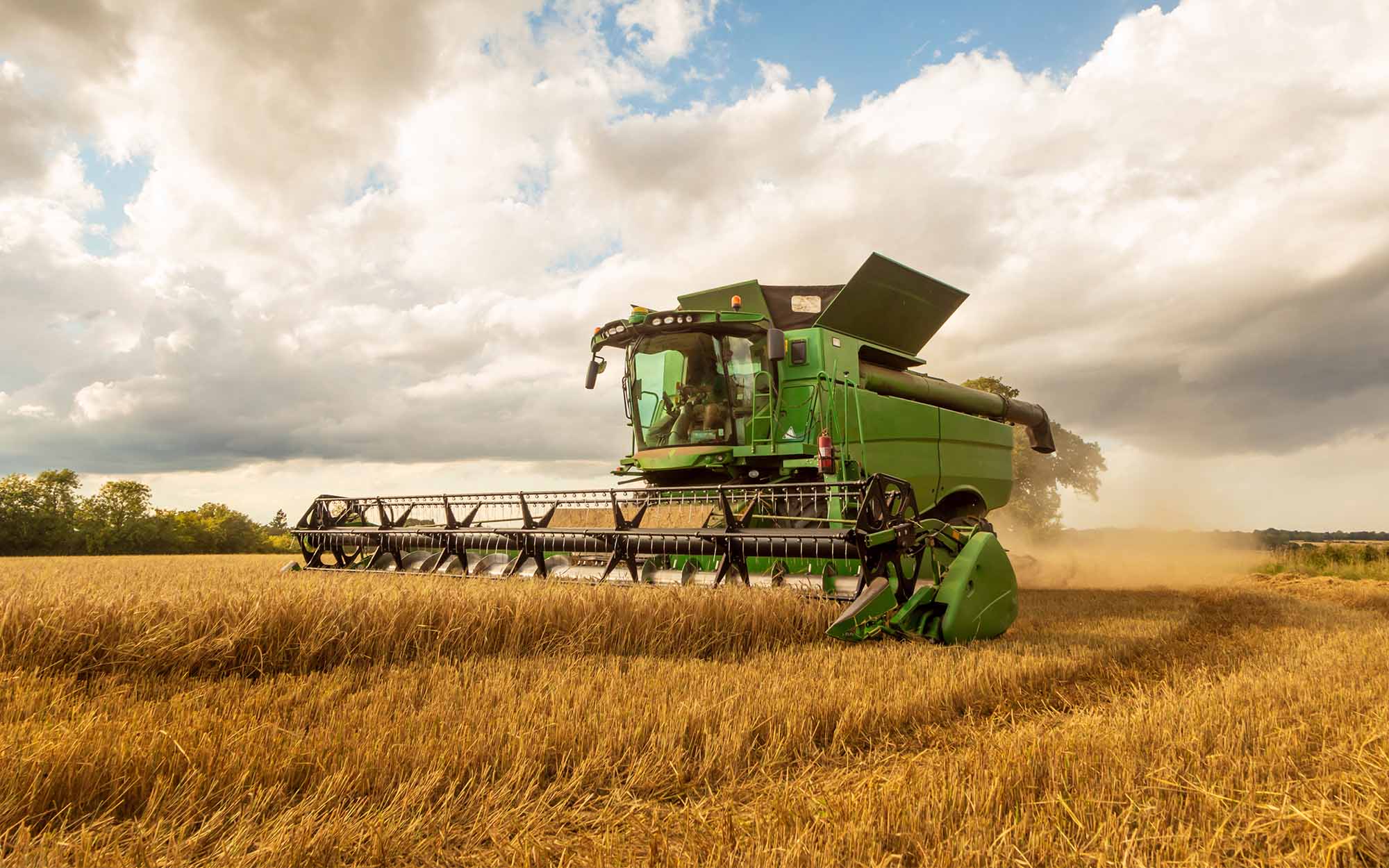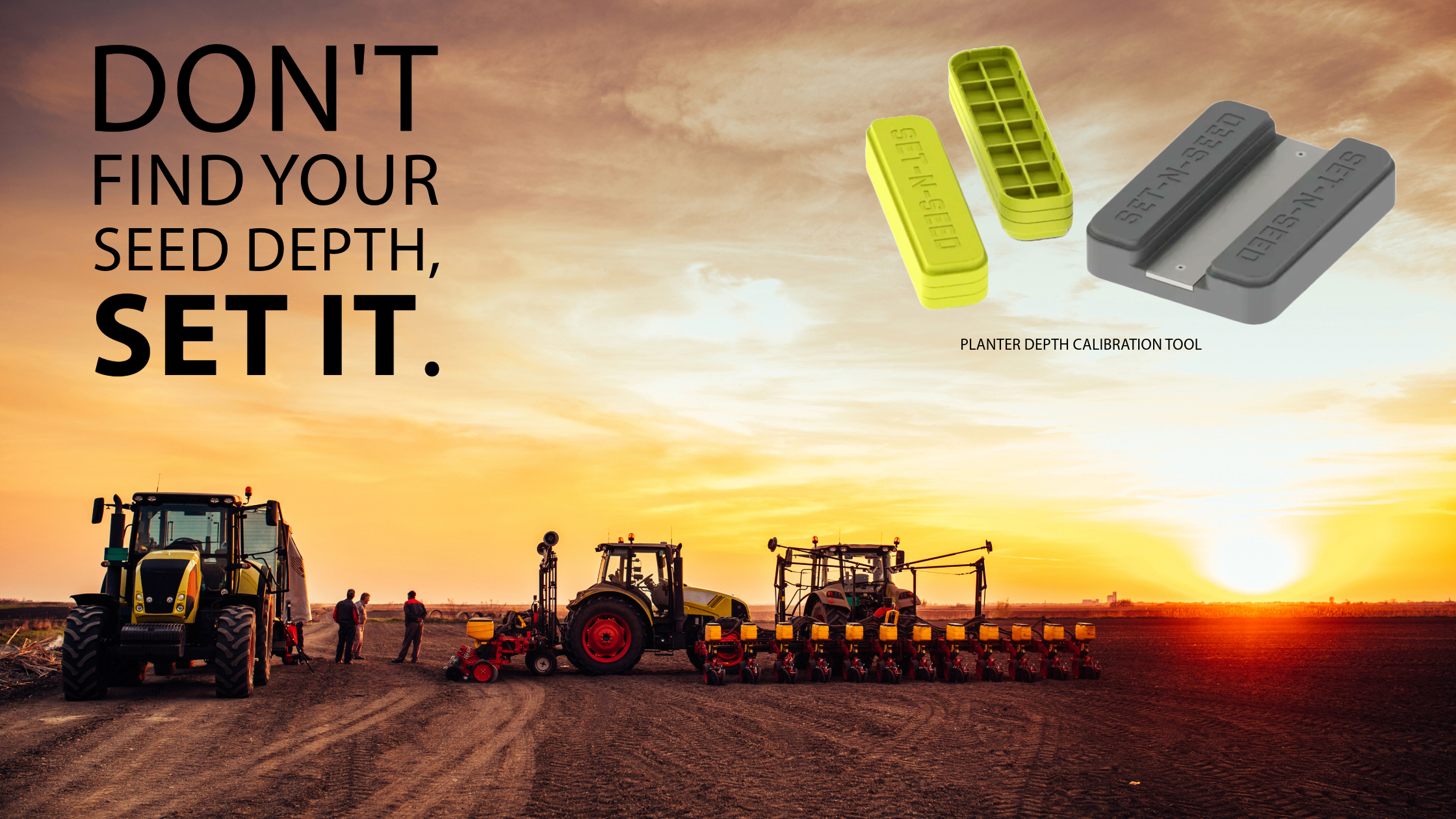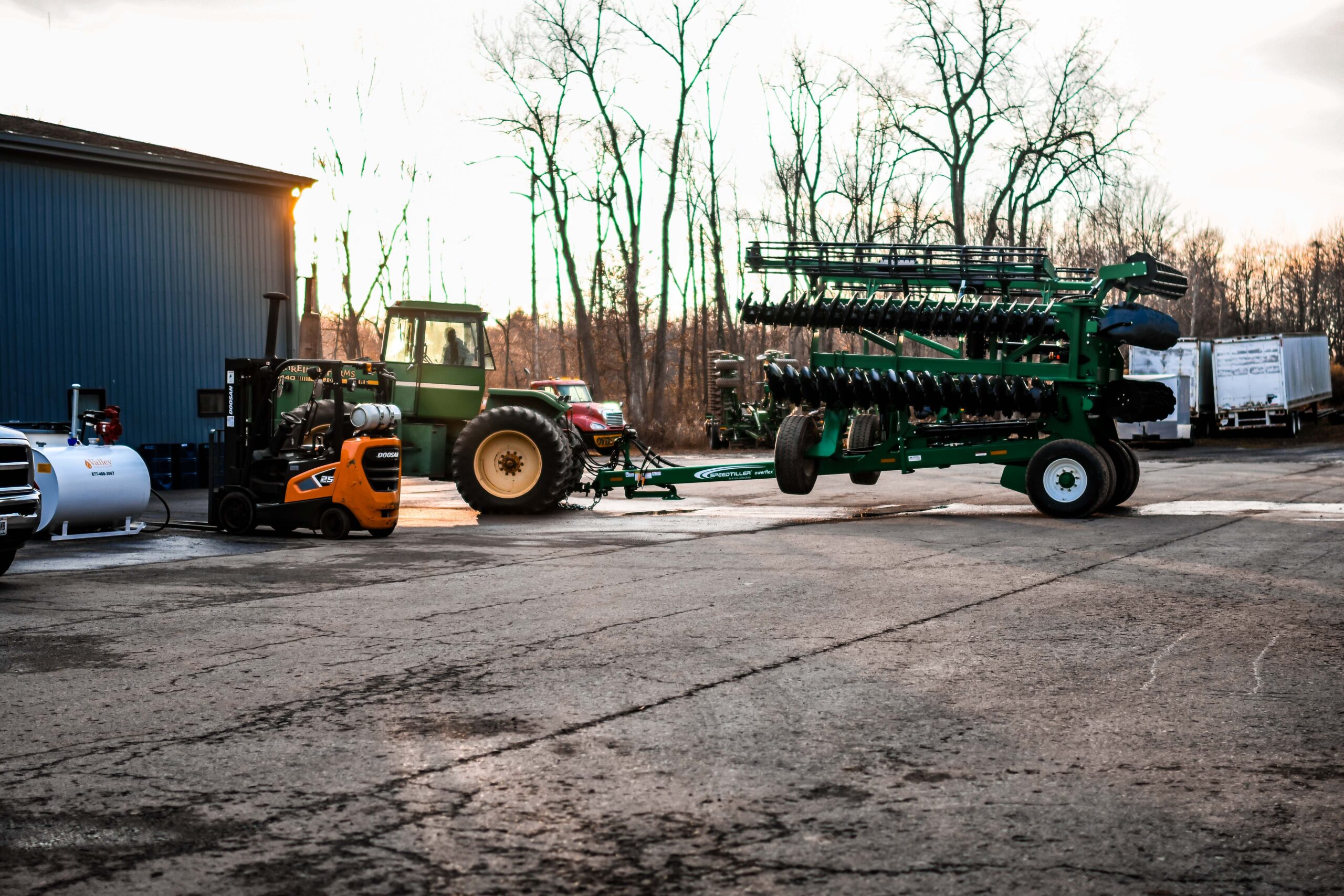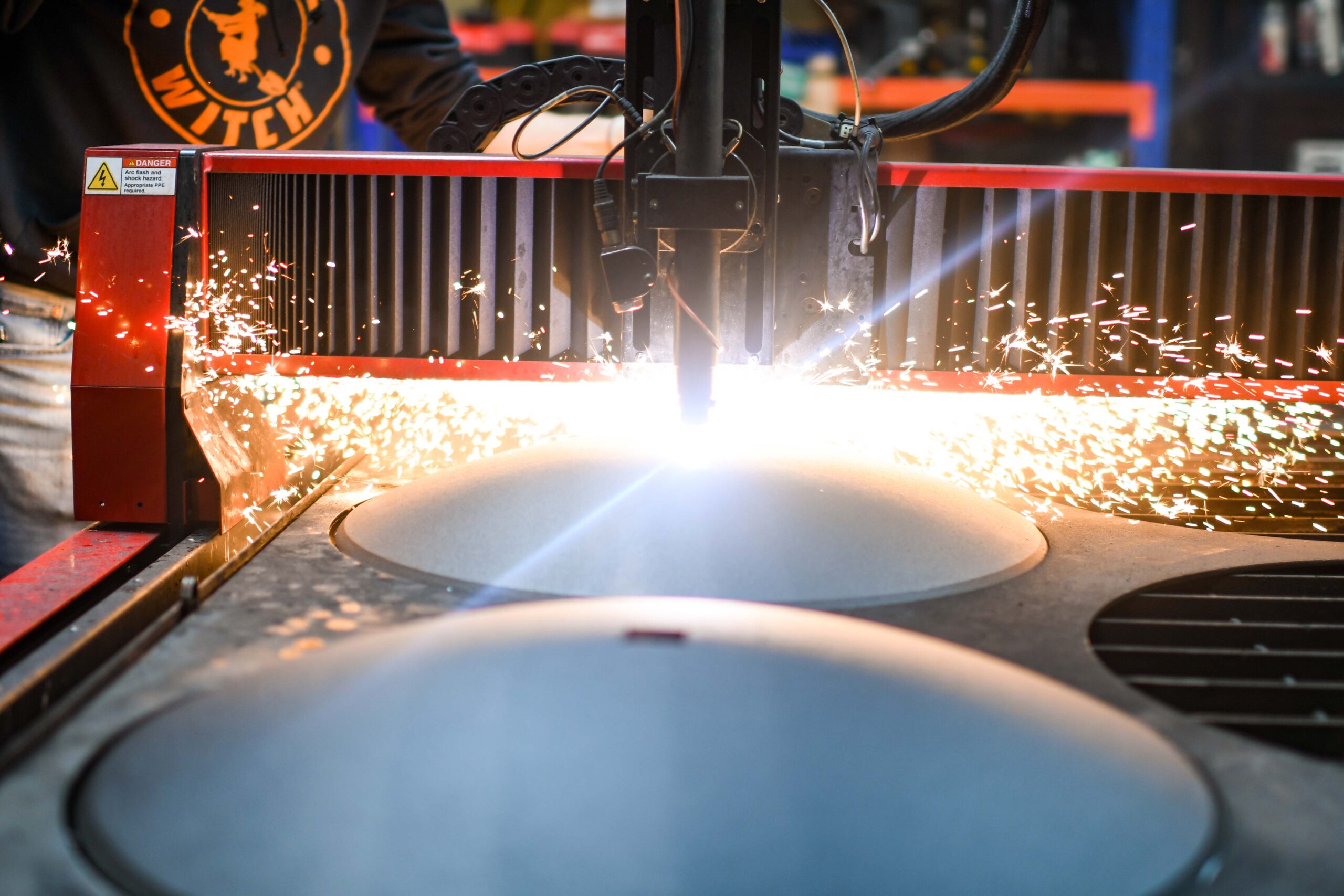
Are Your Combine Parts Ready for the Harvest?
Harvest season requires you to undertake a massive amount of work in a short amount of time. Every minute counts, and delays can throw your entire operation off track. The last thing you need is parts of your combine breaking down, putting you out of commission. Luckily, you can take a few preparations to keep your combine parts up-and-running this season.
6 Tips To Prepare Your Combine Parts for Harvest Season
Here are a few pointers to prepare for the harvest.
Inspect Your Combine Harvester Parts
Never wait until the last minute to inspect your combine parts. The worst time to realize your equipment needs repairs is during the harvest.
Your machinery has been idle for a while. Now’s the perfect time to inspect your equipment for issues. Here are some things to look for:
- Take a look at your combine and check for any residue, nests, and oil or grease buildup. We recommend thoroughly cleaning your combine before beginning the harvest.
- Once you’ve cleaned your combine, inspect the following parts:
- Auger spirals
- Headers
- Cutter bars
- Knives
- Skid plates
- Gathering chain
3. After confirming everything is in working order, make sure you don’t have loose screws or missing nuts. Additionally, you’ll want to check your belts, chains, bearings, and drive components.
4. Check the tire pressure of your tractors and wagons, and note any parts with considerable wear that might not make it through the season.
Needing to replace combine parts before the harvest? The last thing you want is shipping delays. Take a look on how to avoid the part shortage.
Adjust Your Combine
Before starting your harvest, set your combine up to fit the right crop. This is especially important if you’re bringing a new combine into the field, as you won’t know what the manufacturer set the combine up for.
If you’re harvesting corn, but your combine was previously set up for soybeans, you’ll leave a bunch of crops behind. Missing crops can lead to a loss of operational efficiency—and profits.
If you’re confused on how to adjust your combine parts, take a look at the owner’s manual. It’ll have diagrams explaining each step required to set your combine.
Evaluate Last Year’s Harvest
Another vital step in preparing for the harvest is reviewing last year’s yield. Ask yourself questions like:
- Did you run into any issues with your combine parts?
- How does this growth differ from last year’s?
- Was there any equipment you wish you had last year?
- What equipment could make this harvest better?
- Is there any equipment that would optimize this year’s yield?
Evaluating this information helps you formulate a strategic plan for this harvest. Identify trouble areas from your past grows and address them before it’s too late.
Conduct Preventive Maintenance
Conducting ongoing maintenance on your equipment throughout the year is important, but it’s especially critical before harvest. Preventative maintenance delivers several advantages, such as:
- Reducing the likelihood of equipment failure
- Avoiding unexpected breakdowns
- Extending the equipment lifespan
- Maximizing your value
- Saving time by staying ahead of issues
As part of your pre-harvest maintenance, perform the following tasks on your combine parts:
- Look out for obvious issues – A quick inspection can help you identify immediate problems, giving you plenty of time to make repairs.
- Check, change, and top off your fluids – Check your fluid levels and refill any as needed. This includes hydraulic and coolant fluids. You’ll also want to change the oil if needed.
- Change your filters – Replace any filters past their lifespan, and clean ones that still have a few more months of service.
- Replace small parts – Look at your hoses, fittings, seals and bolts. Replace any worn parts and have any loose parts fixed.
- Check your wheels and tires – Take a look at your wheel bearings to see if it’s functioning correctly. Don’t forget to check the air pressure and inflate the tires as needed.
- Stay on the lookout for signs of wear – Inspecting for wear prevents the downtime brought on by combine part malfunctions.
- Prevent rust – Thoroughly wash off your equipment after each use. Store your machinery in a dry, clean location to prevent it from the elements. Consider adding a coat of wax to provide extra protection.
Update Your Software
Technology such as guidance systems and yield monitors made the harvest season more manageable. However, just like old computers, your systems need to be updated regularly.
Before starting your harvest, update all your software patches and confirm the system is functioning. You’ll also want to check for updates throughout the harvest season to stay ahead of any problems
Order New Equipment
If your combine equipment has any problems, you should immediately order replacement parts. Getting equipment now enables you to finish repairs before the harvest.
This is consistently the busiest time of the year, and you’re likely not the only grower who needs new combine parts. If you wait too long, you may come to find the parts you need are out of stock.
Find a supplier you can trust, one known for its high-quality products and durable equipment.
RangeLine Group: a Trusted Provider of Reliable Parts
RangeLine Group is trusted by growers throughout the nation for delivering high-quality replacement parts they can count on. Our parts are thicker and more durable than OEM, increasing your lifespan and keeping you in the field longer.
Looking to replace a few combine parts before the harvest? You’re in the right spot—reach out to our helpful team and discover the RangeLine difference.








